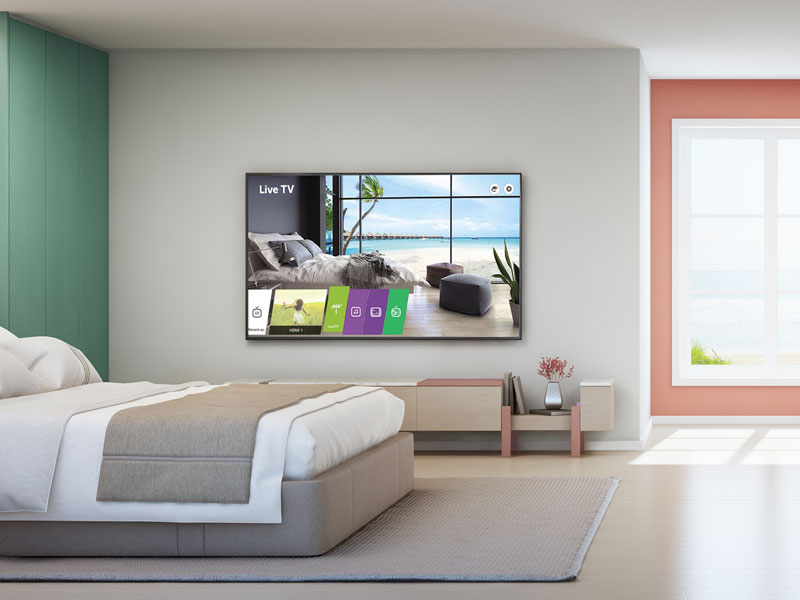That the design logically isolates the safety-critical design elements and data from those that are non-safety-critical. Confirm that the values of the safety-critical loaded data, uplinked data, rules, and scripts that affect hazardous system behavior have been tested. This analysis includes an assessment of any identified issues found during use in the previous system and implementation of all preconditions for its use in the new system. Connect and share knowledge within a single location that is structured and easy to search.

MC/DC requires a much smaller number of test cases than multiple condition coverage (MCC) while retaining a high error-detection probability. A less aggressively optimized set of test cases for basic condition coverage would have one test case where all three basic conditions are false and three test cases with a different basic condition true in each. That would still only be four of the eight possible combinations of basic conditions in the compound condition. The uncomfortable feeling that we’re ignoring the other four is why there’s compound condition coverage. That requires a test for each possible combination of basic conditions in a compound condition.
Line Coverage or Statement Coverage
You therefore won’t cover all of the code unless you test both conditionals. TMAP is Sogeti’s body of knowledge for quality engineering and testing in IT delivery and builds on practical experience from thousands of people multiple condition coverage since 1995, keeping up with changing businesses and technology. According to this explanation, there are 4 test cases for 2 conditions. Participate in software reviews affecting safety-critical software products.

To fulfil condition coverage, Boolean expression X, Y and Z will be evaluated in TRUE and FALSE form, at least once. Condition coverage is correlated to decision coverage as whenever any decision is to be taken, focus will be on number of possible conditions. By clicking “Post Your Answer”, you agree to our terms of service and acknowledge that you have read and understand our privacy policy and code of conduct.
An Example: Multiple Condition Coverage
Any deviations from 100 percent should be reviewed and waived with rationale by the TAs approval. My understanding is that in basic condition coverage, each of these atomic variables have to have the value TRUE and FALSE in a test case for the test case to be have basic condition adequacy – that’s 32 different test cases. Early planning and implementation dramatically ease the developmental burden of these requirements. Depending on the failure philosophy used (fault tolerance, control-path separation, etc.), design and implementation trade-offs will be made. Trying to incorporate these requirements late in the life cycle will impact the project cost, schedule, and quality. It can also impact safety as an integrated design that incorporates software safety features such as those above.
To satisfy condition coverage, each Boolean expression X,Y and Z in above statement should be evaluated to TRUE and FALSE at least one time. The test basis consists of decision tables, pseudo-code, a process description or other (functional) descriptions, in which conditions occur. Another handy way of filling in the decision table is with the use of the so called “Gray-code”. Both solutions effectively do the same thing and do satisfy „multiple condition coverage“ assuming you only want „Hello“ to print when both are true.
Example Code with 2 conditions
Whether or not one is more efficient than the other depends on the language being used. Regardless, both are linear in terms of complexity so for modern languages and hardware the difference is moot. That would be quite a lot of tests, but some of those are redundant as some conditions are covered by others. This is reflected in the Modified Condition/Decision Coverage (MC/DC) which is a combination of condition coverage and function coverage. With this metric, some combinations of condition results turn out to be redundant and are not counted in the coverage result. A program’s coverage is the number of executed statement blocks, and non-redundant combinations of condition results divided by the number of statement blocks and required condition result combinations.
- Another handy way of filling in the decision table is with the use of the so called “Gray-code”.
- For MC/DC it is required, that each condition has to affect the outcome independently.
- TMAP is Sogeti’s body of knowledge for quality engineering and testing in IT delivery and builds on practical experience from thousands of people since 1995, keeping up with changing businesses and technology.
- According to Multiple Condition Coverage criteria, all combinations of True and False values of conditions must be covered.
- Also, it needs to be shown that each condition independently affects the decision.
- In the example above, you’d need eight tests, one for each possible combination of possible values of a, b and c, to get full compound condition coverage.
However for MCDC the above test cases are not sufficient because in MCDC each Boolean variable should be evaluated to TRUE and FALSE at least once and also affect the decision outcome. Decisions are the controls that can control the program flow after evaluating the full expression. The building blocks of TMAP give you all the guidance you need to meet the testing and quality challenges in your specific information technology environment. This requirement applies to all Class A, B, C, and D projects that have safety-critical software regardless of size.
Software Testing
And for each alteration of your code, it verifies if the test actually fails. This is good indicator of the quality of your test suite and ensures that code is not just covered but your tests for the code are actually valid. I would have thought basic condition coverage would be costlier. 3.7.4 If a project has safety-critical software, the project manager shall ensure that there is 100 percent code test coverage using the Modified Condition/Decision Coverage (MC/DC) criterion for all identified safety-critical software components.
The system is not a valid logic circuit, because it’s not a structured system. It requires five linearly Independent paths to cover this system. – Testing to satisfy the criterion that each statement in a program to be executed at least once during program testing. Coverage is 100 percentage when a set of test cases causes every program statement to be executed at least once.
5 Additional Guidance
This means that each condition must be executed twice, with the results true and false, but with no difference in all other conditions‘ truth values in the decision. Also, it needs to be shown that each condition independently affects the decision. White box testing is also known as structural testing or code-based testing, and it is used to test the software’s internal logic, flow, and structure. The tester creates test cases to examine the code paths and logic flows to ensure they meet the specified requirements. White box testing techniques analyze the internal structures the used data structures, internal design, code structure, and the working of the software rather than just the functionality as in black box testing. It is also called glass box testing or clear box testing or structural testing.

The project must validate and verify the safety requirements for reused computing system safety items. In addition, a project must validate and verify the safety requirements for third-party products. Using previously developed computing system safety items can reduce development time, because those components have already undergone design and testing. However, analysis of accidents where software was a contributing factor shows the risks in this approach. For a full example of MC/DC testing coverage, see section 7.21 “Multi-condition Software Requirements”.
Features of white box testing:
White Box Testing is also known as transparent testing or open box testing. – White box – White-box techniques (also called structural or structure-based techniques) are based on an analysis of the internal structure of the component or system. Percentage of combinations of all single condition outcomes within one and the same operator that have been tested by a set of tests. 100% https://www.globalcloudteam.com/ presupposes 100% condition determination coverage. White box testing is a software testing technique that involves testing the internal structure and workings of a software application. The tester has access to the source code and uses this knowledge to design test cases that can verify the correctness of the software at the code level.










